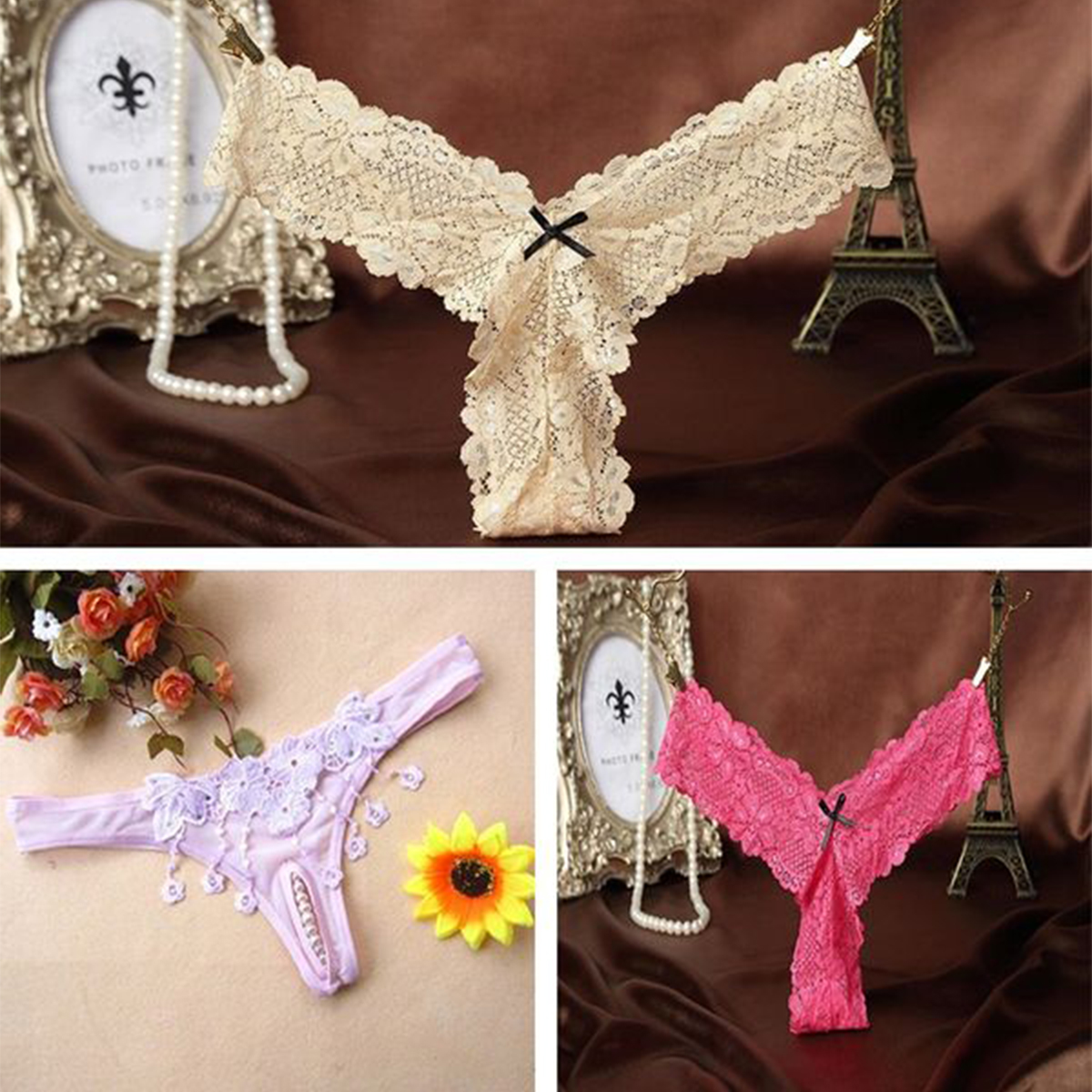A business card is a small, printed, usually credit-card-sized paper card holding your business details, such as name, contact details and brand logo. The design of a business card is an essential part of branding and should act as a visual extension of the brand design.
There are some reasons why business cards are still important in this digital and paperless world. First of all, swapping contact information digitally is impersonal. Sending contact information by text or email on the spot is convenient but it is also extreamely impersonal. Engaging in eye contact and actual conversation is how real relationships begin. Secondly, business cards are still the most effective direct marketing tools. Thirdly, a business card is the first impression of the brand. Fourthly, creative business cards can make a good impression and can be shared to other people so that your brand can be put in front of additional prospects. Last but not the least, business cards show you are prepared and are a great indicator that you are professional.
Create an effective card, and you can elevate your business above your competitors before the prospective client has ever seen yourdesign portfolio. Here are some tips for you to create effective and innovative business cards.
1 Remember basic design principles
It might seem obvious but it’s worth reiterating that a business card is a piece of printed material like any other. Because of this, the basic principles of paper-based design apply to business cards:
- Keep all your key copy at least 5mm from the trim edge
- Work at 300dpi for best image reproduction
- Ensure you maintain a minimum size for your typography to maintain legibility
- Design in CMYK unless you’re working exclusively with spot colours
2 Avoid common pitfalls
There are some common pitfalls to designing business cards that it helps to be aware of. The first and most obvious is to ensure you provide a bleed as specified by your printer. This is commonly 3mm, but can be 5mm, so check! For more information on bleeds and other printing needs, read our 5 things every creative needs to know about print design article for some tips.
3 Use special finishes
An instant way to add impact to your business card is to use a special finish. Special finishes include the likes of foil blocking, spot-UV and metallic inks, and can add significant cost to your print. What they offer, however, is the opportunity to make your card more tactile, visually impressive and memorable. If you’re not sure how to approach this, take a look at our guide to creating special print finishes in InDesign.
4 Try out unusual materials
Most business cards are printed on card stock. This is the most cost-effective option for printing your cards. If you’re willing to get a little more creative, you can print onto all sorts of different materials including transparent plastics, metals, wood and even slate.
5 Recycle old cards
Old business cards, postcards or packaging can be repurposed and given a new life as your business card. Recycling is both environmentally sound and can allow you to express your creativity in new and exciting ways.
There are some fantastic examples on the web like the one above, to get your creative juices flowing. The process can be as simple as getting some stickers printed, or as complex as hand-illustrating over the top of each old card to suit the recipient.




